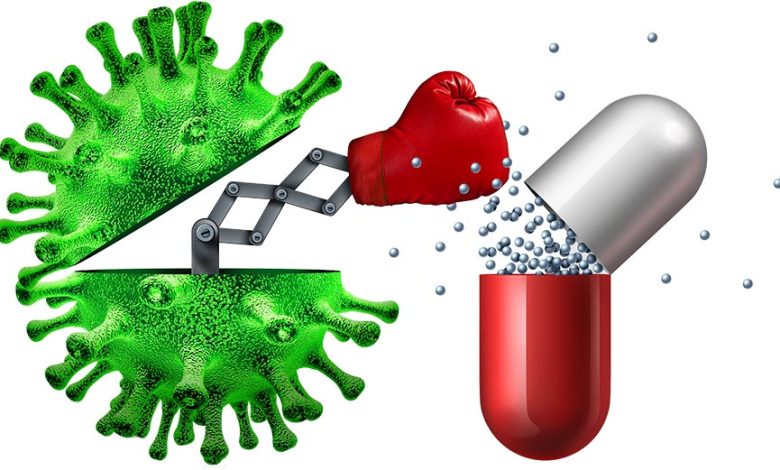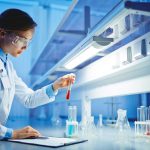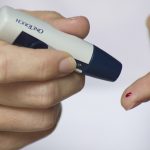Innovative $104 Million Project to Combat Antibiotic Resistance and Improve Diagnostics Unveiled

The U.S. government has allocated $104 million in funding for a groundbreaking research project aimed at better understanding bacterial behavior and combating antibiotic resistance, with a focus on faster diagnosis and the discovery of new drugs. This initiative, part of the Advanced Research Projects Agency for Health (ARPA-H) established by the Department of Health and Human Services, will unite 25 scientific teams from the U.S. and the UK.
Led by Johan Paulsson, an expert in systems biology at Harvard Medical School, the project will leverage cutting-edge technologies such as advanced microscopy, microfluidics, single-cell assays, and machine learning to create tools for identifying bacteria and gaining insights into their behavior at the molecular level. The ultimate goal is to uncover new targets for novel antibiotics, which are desperately needed in the face of increasing levels of antimicrobial resistance (AMR).
This project represents a unique collaboration that assembles experts in optics, mathematics, microbiology, and medicine into one coordinated team. It aims to address not only the development of new antibiotics but also a critical bottleneck in diagnosis. The research teams will work to find more effective ways to identify the pathogens responsible for bloodstream infections like sepsis, improving upon the current method, which tests a patient’s blood for a limited number of bacteria at a time, often causing treatment delays.
The new diagnostic approach will encompass improved microscopy for faster and more detailed bacterial imaging, microfluidics for extracting bacteria from blood, assays capable of identifying and genotyping pathogens from single cells, and machine-learning tools for distinguishing between different bacteria based on images. Ultimately, the researchers intend to combine these components into a single laboratory instrument.
The second major objective of the project, led by Kim Lewis of Northeastern University’s Antimicrobial Discovery Center, will involve using these technologies to conduct high-throughput screening of potential drugs, both individually and in combination. Simultaneously, consortium scientists will employ these techniques to investigate why certain bacteria, known as “persisters,” can survive antibiotic treatment.
The project has secured an initial $70 million in federal funding, with an additional $34 million contingent on the success of the first phase. This significant investment is a testament to the pressing need for innovative approaches to tackle antibiotic resistance and improve healthcare outcomes.





